How Australia's 2024 Rebate Programs Accelerate Shift Towards Renewable Energy
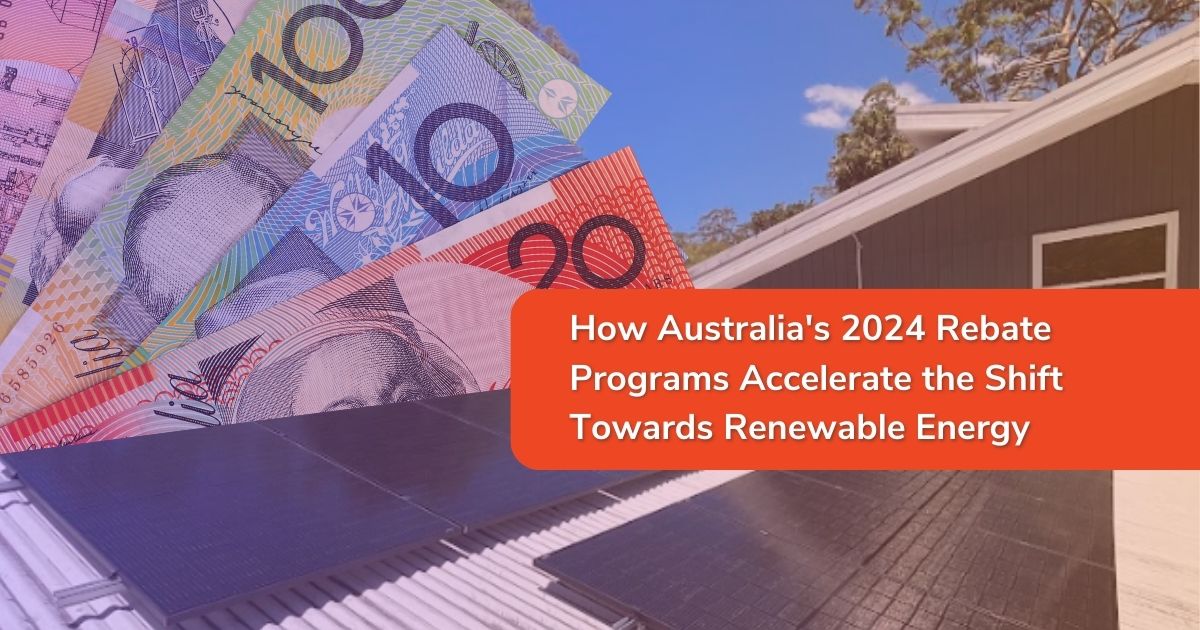
Australia is a country blessed with abundant sunshine and a commitment to a cleaner future. The Australian government has set an ambitious goal of achieving net zero emissions by 2050, and sustainable living practices play a crucial role in reaching that target.
Sustainable living isn't just good for the environment; it can also save you money on your energy bills and contribute to a healthier planet for future generations. To encourage Australians to embrace a more sustainable lifestyle, the government offers a variety of benefits across different categories. These categories include incentives for installing solar power systems, such as the solar panel rebate, switching to electric vehicles, and making energy-efficient upgrades to your home.
This comprehensive guide will explore the various government benefits available in Australia to help you live more sustainably. We'll delve into national schemes and break down the specific programs offered in each state, making it easy for you to find the support that best suits your needs.
National Benefits
Australia offers two key nationwide benefits to incentivize renewable energy adoption: Small-scale Technology Certificates (STCs) and Feed-in Tariffs.
Small-scale Technology Certificates (STCs)
The STC scheme is a market-based system that rewards you for generating renewable electricity with a small-scale system (typically under 100kW) in your home or business. Here's how it works:
- When you install a solar panel system or other eligible renewable energy system, you receive STCs based on the system's size and expected electricity generation.
- These STCs are tradable certificates that represent one megawatt hour (MWh) of renewable electricity.
- You can sell your STCs on the open market to electricity retailers or other entities that need them to meet their renewable energy targets.
- The income from selling STCs helps offset the upfront cost of installing your renewable energy system, effectively acting as a solar energy rebate.
Feed-in Tariffs:
Feed-in tariffs are a financial incentive offered by electricity retailers. These tariffs pay you a certain rate for each unit of electricity your solar power system generates and feeds back into the grid, this can be anywhere between 4 to 12 cents depending on the area.
- The exact rate you receive depends on the specific retailer and your location.
- Feed-in tariffs essentially allow you to earn money from the clean energy your system produces.
Combined Impact
STCs and Feed-in Tariffs work together to make renewable energy systems more financially attractive. STCs provide an upfront cost reduction, while Feed-in Tariffs offer ongoing financial rewards for generating clean electricity. It's important to note that not all electricity retailers offer Feed-in Tariffs, so it's crucial to compare plans when choosing a provider.
New South Wales
Energy Savings Scheme (ESS)
New South Wales has its own program called the Energy Savings Scheme (ESS) that goes beyond national benefits. This initiative, also known as NSW Energy Savings Scheme, aims to help both households and businesses in NSW become more energy efficient, leading to lower energy bills and a reduced environmental footprint. Through the Service NSW solar rebate, residents can access financial support for solar installations.
Here's how the ESS works:
- The scheme offers financial incentives for installing or upgrading to more energy-efficient appliances and products.
- This can include everything from LED lighting and air conditioning units to hot water systems and pool pumps.
- Essentially, you're rewarded for choosing energy-saving options, making your home or business more sustainable and lowering your long-term energy costs.
Electric Vehicle (EV) Rebates
While the NSW government's $3,000 EV rebate program ended on December 31st, 2023, there's a chance you can still benefit if you placed a deposit on an eligible electric vehicle before that date. Applications for these rebates can be lodged until June 30th, 2024. So, if you were considering an EV purchase with a deposit placed earlier, be sure to check the eligibility criteria and application process.
Victoria
Victorian Solar Panel Rebate
Under the Solar Homes Program, Victorians can receive rebates of up to $1,400 towards the installation of solar panel (PV) systems, known widely as the Vic solar rebate. This rebate, part of the broader Victoria solar rebates, is available for existing homes, homes under construction, and even rental properties. What's more, eligible applicants can also opt for an interest-free loan equivalent to the rebate amount, helping to further reduce installation costs. As of April 2024, there are still 1,500 rebates, referred to as solar panel rebates Victoria, available for Solar Panel installations.
Solar Battery Loans
To encourage the adoption of solar battery storage systems, the Victorian Government is offering interest-free loans of up to $8,800. These loans can help eligible households offset the upfront costs of installing a solar battery, with repayments spread over a four-year period. As of April 2024, there are still 2,500 Solar Battery loans available.
Hot Water Rebate
The hot water rebate, formerly known as the solar hot water rebate, offers eligible Victorians up to $1,000 towards the installation of efficient heat pumps and hot water systems. As of April 2024, there are still 1,900 rebates available to upgrade to a more energy-efficient hot water system.
Victorian Energy Upgrades (VEU) Program
The VEU program offers discounts on energy-saving products to help Victorian households cut power bills and reduce greenhouse gas emissions. The program supports Victorians to upgrade and switch to more energy efficient appliances and equipment including lighting, space heating and cooling, water heating, and draft sealing.
Australian Capital Territory
Home Energy Support Program
The Home Energy Support Program offers substantial rebates to eligible homeowners, including those holding an Australian Government Pensioner Concession Card, Department of Veterans’ Affairs Gold Card, or an Australian Government Health Care Card. These rebates can be utilized to offset the upfront costs of installing a variety of energy-efficient products. Here's what's covered:
- A rebate of 50% of the total installation cost, with a maximum of $2,500, for rooftop solar.
- A rebate of 50% of the total installation cost, up to $2,500, for the following:
- Reverse cycle heating and cooling systems.
- Hot water heat pumps.
- Electric stove tops and ovens.
- Ceiling insulation.
Eligible homeowners can combine the rebate with a zero-interest loan through the Sustainable Household Scheme to further offset costs.
Sustainable Household Scheme
The Sustainable Household Scheme offers zero-interest loans of up to $15,000 for eligible homeowners to invest in energy-efficient products. This includes rooftop solar panels, household battery storage systems, electric heating and cooling systems, hot water heat pumps, electric vehicles, electric vehicle charging infrastructure, and ceiling insulation. With no upfront costs or fees, homeowners have up to 10 years to repay the loan, making it easier to reduce their environmental impact.
Zero Emission Vehicles (ZEV) Incentives
The ACT Government provides generous incentives for individuals and businesses purchasing Zero Emission Vehicles (ZEVs). These incentives include the following:
- No stamp duty on new and used ZEV purchases
- Free registration for the first 2 years (ending 1 July 2024)
- Discounted ongoing registration through the ACT's emissions-based registration system.
Queensland
Battery Booster Rebate for Householders
Queenslanders can apply for a rebate when purchasing and installing a home battery energy storage system to complement new or existing rooftop solar systems. Eligible applicants with a combined household income of less than $180,000 for the most recently ended financial year can receive a standard rebate of up to $3,000. Additionally, low-income households where the highest earner earned $66,667 or less for the most recent financial year can qualify for a rebate of up to $4,000. To be eligible for solar battery rebate QLD, the installed battery system must have conditional approval, be listed on the Approved Battery Systems list, and installed by a business on the Approved Installer list.
Queensland Zero Emission Vehicle Rebate Scheme
The Queensland Zero Emission Vehicle Rebate Scheme offers rebates of up to $6,000 for eligible new Zero Emission Vehicles purchased from 21 April 2023 onwards. These rebates aim to incentivize the adoption of full-battery electric vehicles (BEVs) and contribute to reducing greenhouse gas emissions in Queensland.
Conclusion
Australia's commitment to a sustainable future is evident in the wide range of government rebates and incentives available across the country. From national programs like Small-scale Technology Certificates and Feed-in Tariffs to state-specific initiatives like solar rebate Victoria, there's something for everyone. These programs can significantly reduce the upfront costs of transitioning to renewable energy like solar, and sustainable living, making it easier for Australians to contribute to a cleaner and healthier planet.
As Australians embark on the journey of installing solar panels, batteries, and other energy-efficient upgrades, it's essential to seek guidance from reliable experts. Smart Energy Answers, a leading provider of solar energy solutions, offers expert assistance in navigating installations and rebate processes. With the support of our energy experts, you can make informed choices to optimise government incentives, fostering a more sustainable lifestyle and contributing to a greener future for Australia.
%20(1).png?width=265&height=96&name=www.smartenergyanswers.com.auhs-fshubfsSmart%20Energy%20Answers%20Logo%20(HIRES)%20(1).png)
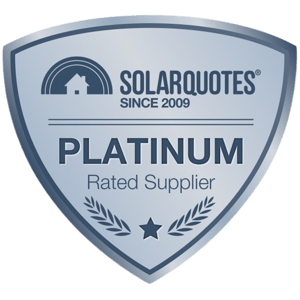
.png?width=514&height=121&name=Tesla%20Powerwall%203%20(new).png)

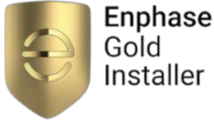
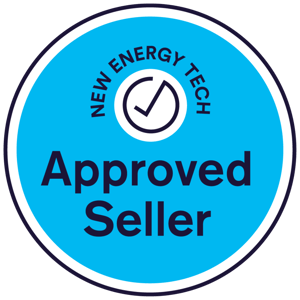
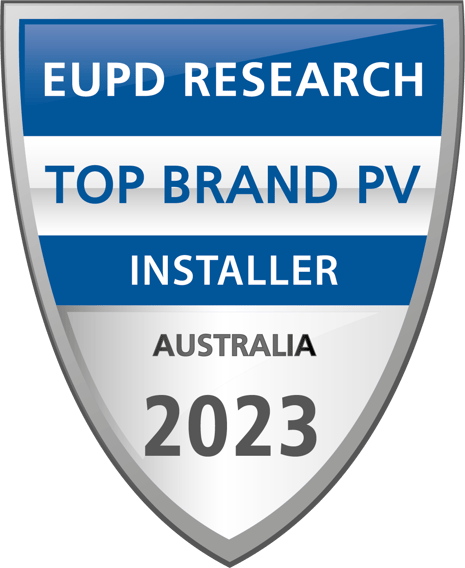


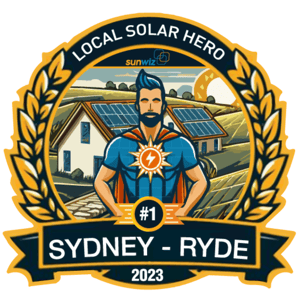

.webp?width=300&height=180&name=sigenergy-gold-installer-300x180%20(1).webp)